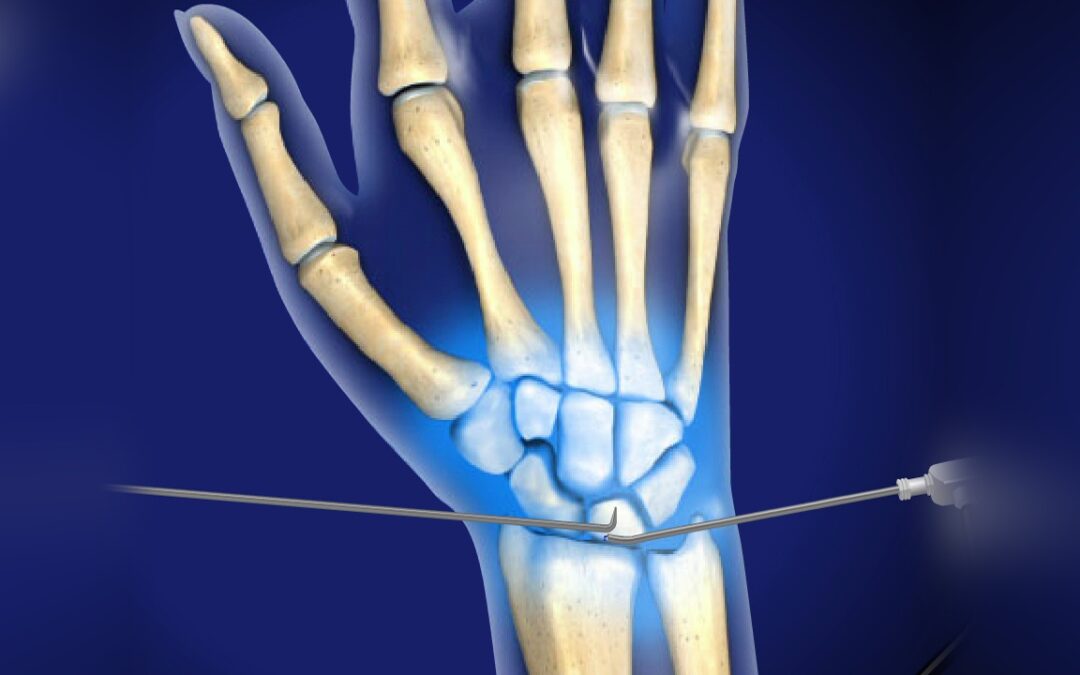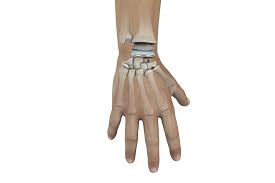Finger Joint Replacement Surgery for Osteoarthritis
Osteoarthritis is a condition that causes the cartilage in your joints to break down. This can lead to pain, stiffness, and swelling in the joints. In the fingers, osteoarthritis can affect the joints at the base of the fingers (DIP joints) and the joints in the middle of the fingers (PIP joints).
Finger joint replacement surgery is a procedure to replace a damaged joint with an artificial joint. This can be done to relieve pain and improve function in the finger.
Who is a good candidate for finger joint replacement surgery?
Finger joint replacement surgery is a good option for people who have tried non-surgical treatments for osteoarthritis without success. Non-surgical treatments for osteoarthritis of the fingers include:
- Splinting: The surgeon may recommend wearing a splint or brace to immobilize the finger and reduce pain.
- Injections of cortisone: The surgeon may inject cortisone into the joint to reduce inflammation.
- Physical therapy: Physical therapy can help to improve range of motion and strength in the finger.
If you have tried these treatments and your osteoarthritis is still causing problems, you may be a good candidate for finger joint replacement surgery.
What are the risks of finger joint replacement surgery?
The risks of finger joint replacement surgery are:
- Infection
- Nerve damage
- Scarring
- Loosening of the implant
- Recurrence of the osteoarthritis
- Stiffness of the joint
What happens during finger joint replacement surgery?
Joint replacement surgery is usually done under regional block (where the entire arm is made numb) or under general anaesthetic (where you are put to sleep). A small incision is made over the joint and the damaged cartilage and bone removed. The surgeon then inserts an artificial joint into the space. There are a large range of artificial joints and they are usually made of silicon, metal, plastic or a combination of these materials.
How long does finger joint replacement surgery take?
The operation can usually take between 1 -2 hours. You can go home on the same day after surgery.
What is the recovery time for finger joint replacement surgery?
The recovery time for finger joint replacement surgery is typically 6-8 weeks. You will need to wear a splint or brace for 4-6 weeks. You will also need to avoid strenuous activity for 6-8 weeks.
What are the results of finger joint replacement surgery?
Finger joint replacement surgery is usually very successful in relieving pain and improving function in the finger. However, there is a risk of loosening of the implant and recurrence of the osteoarthritis.
Here are some additional tips for patients considering finger joint replacement surgery:
- Be realistic about your expectations. Finger joint replacement surgery cannot completely change the appearance of your finger.
- Choose a board-certified hand surgeon with experience in finger joint replacement surgery.
- Ask your surgeon about their aftercare plan.
- Be prepared for a lengthy recovery period.
- Be patient with your results. It can take up to a year for your finger to fully heal.
Here are some frequently asked questions about finger joint replacement surgery:
- Can I have a finger joint replacement instead of a fusion of the joint? There are several factors that determine your suitability for finger joint replacement. If the joint is severely damaged by arthritis you may not be suitable for a finger joint replacement and may instead need fusion. The decision around which is most suitable can sometimes be complex and requires thoughtful consideration of the goals and aims of the patient as well as recommendations of the healthcare professional.













